Electricity is the flow of electrical energy, and a circuit is the path that allows the electricity to flow. Electrical circuits can contain different components, which can be used to regulate the flow of electrical energy.
To better understand electricity & circuits…
LET’S BREAK IT DOWN!
Electricity requires a closed path to flow.
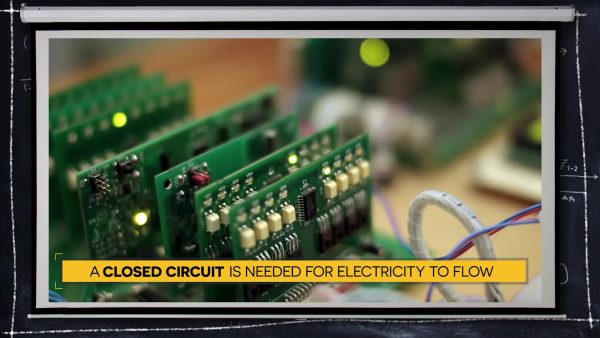
Current electricity is the form of electricity that makes all of our electronic devices possible. This form of electricity exists when charges are able to constantly flow. To flow, current electricity requires a circuit—a closed, never-ending loop of conductive material. A circuit could be as simple as a conductive wire connected end-to-end, but useful circuits usually contain a mix of wire and other components that control the flow of electricity. The only rule when it comes to making circuits is that they can't have any gaps in them.
Conductive materials are needed for electrical energy to flow.
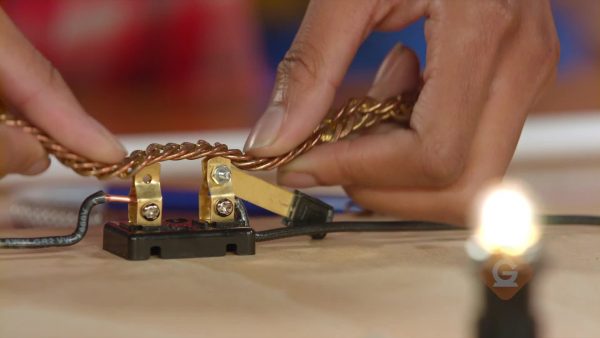
Only certain materials allow electrical energy to flow. These materials are called conductors. Metals tend to be good electrical conductors, but electricity can flow through water or a solution with dissolved salts—like your body or a pickle! Materials that do not conduct electricity are called insulators. Examples of insulators are wood, rubber, plastic, ceramics, and glass. Different combinations of conductors and insulators can be used to control the flow of electricity. For example, wires in our electronic devices are usually copper wire wrapped in a plastic coating. The copper wire conducts electricity, and the plastic coating prevents the electrical energy from being transferred to another conductor.
Components in a circuit can be arranged in a series or in parallel.
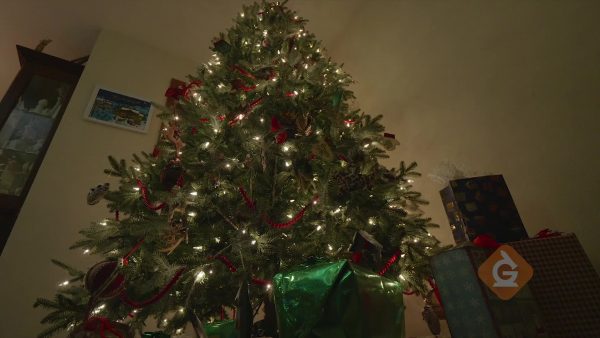
Compare the arrangement of the components of these two circuits. Notice that in the one labeled series, all the components (battery, wire, lights, switch) are connected so that the same current would flow through all of them. When we flip the switch, all of the lights come on at the same time. Holiday lights are an example of something wired in a series. Because all the lights are in a series, one light going out breaks the entire circuit, causing the rest of the lights to also go out.
The other arrangement is a parallel circuit—the type of circuit used to wire our homes. In a parallel circuit, each component is connected in parallel to the other components, which allows each to receive its own supply of electricity. This allows us to turn each components on and off separately.
Circuits can be composed of many components.
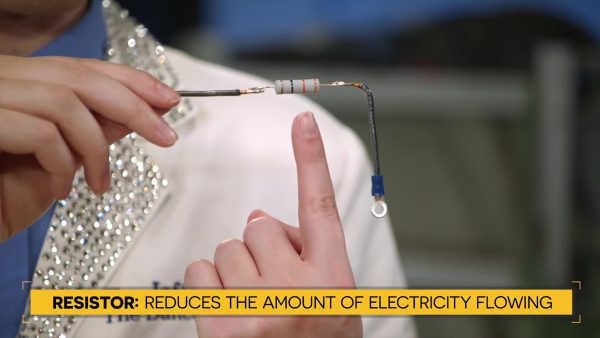
A range of components can be a part of a circuit. A fuse might be added to prevent too much current from flowing and starting a fire. Resistors are added to a circuit to reduce current flow, and a potentiometer can be added to allow better control of the flow. You may have noticed that LEDs (light emitting diodes) are used in a range of electronic devices. Diodes allow electricity to flow in only one direction, so if you put the battery in wrong, the diode will not light up.
Integrated circuits (ICs) have been a major advancement in electronics, because they allow a range of components to be a part of the circuit and can be very small. In addition to fuses, resistors, potentiometers, and LEDs, an IC might include transistors, which can amplify the signal, or capacitors, which can store electric charge.
Electrical engineers design electrical circuits for a range of devices.
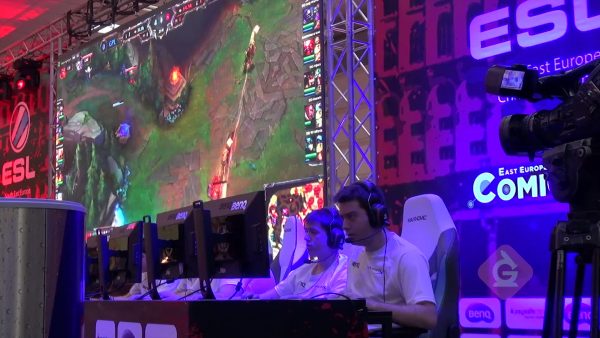
Electrical engineers use their understanding of circuits and components to design a broad range of devices, such as phones, computers, video game systems, and televisions, which many of us use every day. Their advancements in developing microcircuits greatly reduced the size of many devices. For example, the first computers were the size of a room, but now we can hold a computer much more powerful than those in the palm of our hands! Electrical engineers may also work to design, maintain, and troubleshoot large power grids, which deliver electricity to our homes.
Major improvements have been made in prosthetics thanks in large part to electrical engineers. In addition to tiny circuits that control the movements of the prosthetics, electrical engineers have made electronic skin that allows amputees to feel a range of touch-based sensations.

































































































































 Select a Google Form
Select a Google Form







 GENERATION GENIUS
GENERATION GENIUS




